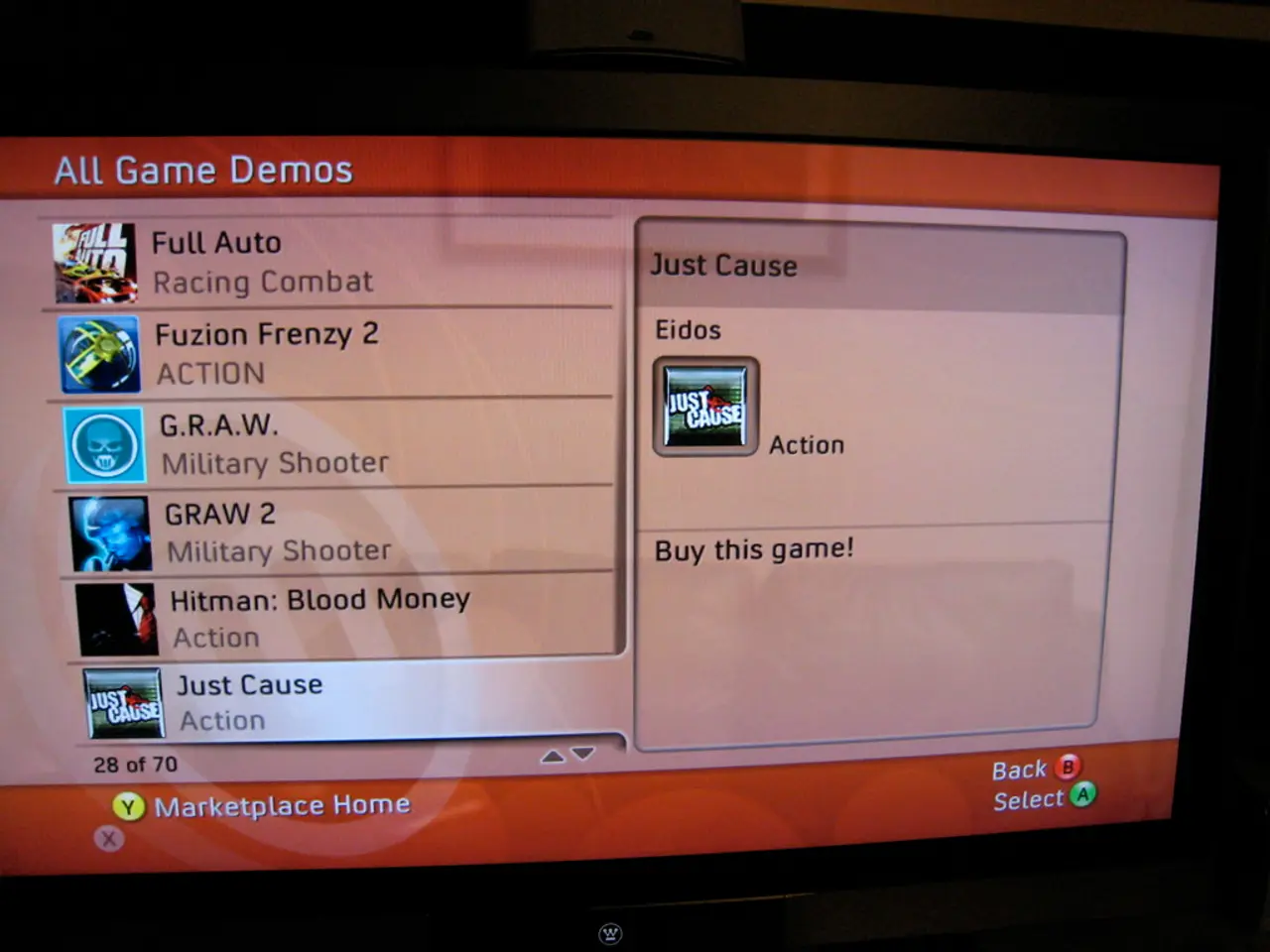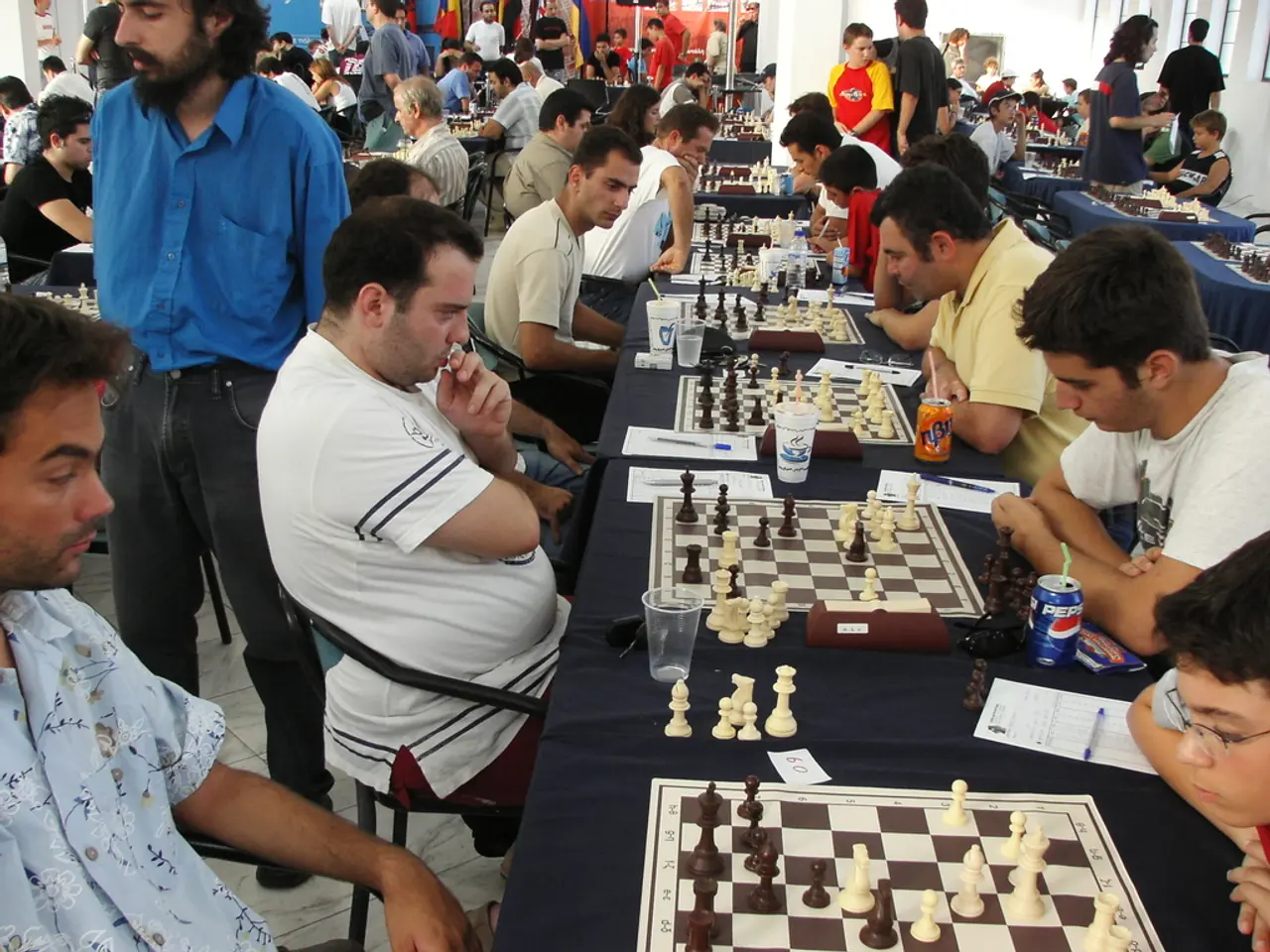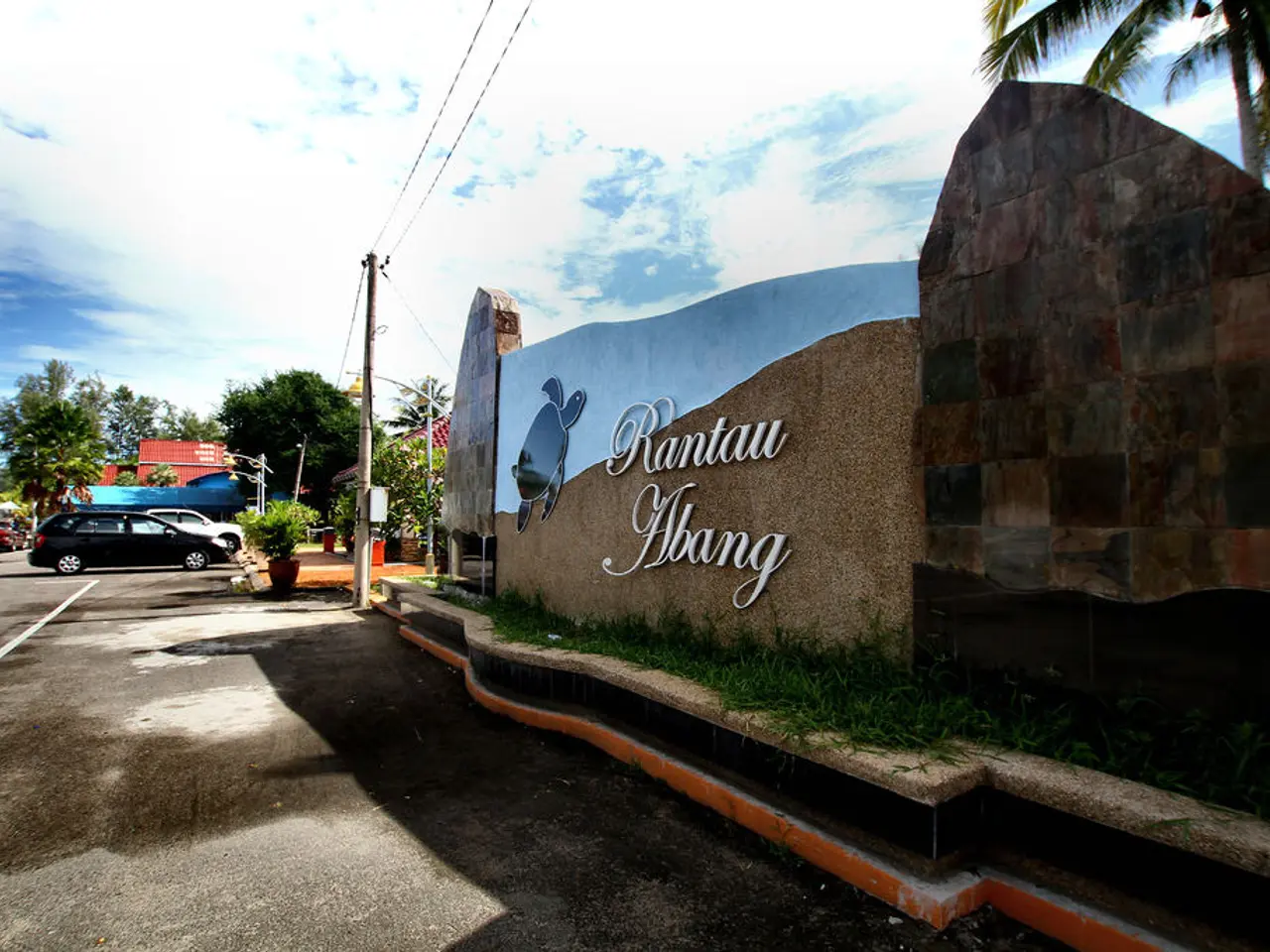Rocketbrush Studio's Method for Pricing Art Outsourcing Projects
In the realm of game development, the process of estimating game art is a crucial step that requires careful planning and communication. Here's an overview of the step-by-step process employed by top concept art studios to deliver accurate quotes for game art projects.
1. Providing Game Details and Vision
The journey begins with the studio seeking a clear understanding of the game's core concept, storyline, art style, and target audience. This includes describing the game's genre, key characters, environments, and any special visual features or themes.
2. Supplying Visual References
To help artists grasp the desired aesthetic, atmosphere, and specific design elements, it's essential to provide existing reference materials such as screenshots, sketches, mood boards, or inspirations from other games or media.
3. Clarifying Level of Detail (LOD) and Complexity
Details like character complexity, environment elements, props, and animation requirements are discussed. The level of detail impacts the estimated time and cost significantly, with complex characters and environments requiring more resources and time.
4. Defining Size, Resolution, and Format
Exact requirements for asset size, resolution, 2D versus 3D, and file formats are specified to avoid ambiguity and ensure compatibility with the game engine. This affects production time and resource allocation.
5. Discussing Other Nuances
This includes whether the art assets require iterative revisions, animation, integration assistance, or post-production work like testing and optimization. Attention to details such as color consistency, texture quality, or visual effects is also clarified here.
6. Creating a Ballpark Estimate or Formal Proposal
Based on the above information, the studio calculates the expected hours per asset or batch of assets, considering the complexity, artist skill required, and timeline. This leads to either a rough estimate or a detailed formal proposal including costs, delivery milestones, and any additional services like integration into the game engine.
7. Iterative Refinement and Agreement
The estimate may be refined after client feedback or as the game concept evolves. Once finalized, a contract or agreement is signed to commence the art production process, which moves through conceptualization, design, development, testing, and integration according to the studio’s workflow.
The studio appreciates information about even the slightest details about the required game art. The client should provide a deadline for the completion of the work to allow the studio to plan accordingly. The client should also specify the overall number of graphical assets required for the project.
If the resolution for game art is not yet determined, the client should give rough measurements. The visual references should help the studio understand the visual style of the client's game. The client is encouraged to share visual references that correspond with their vision for the game's art.
The client can reach out through hello@our website or use the forms below to request a game art cost estimation for their project. The studio also has a list of essentials for 3D-modeling if the project requires 3D works.
In summary, game art estimation is a collaborative and detail-driven process relying heavily on clear communication of game details, visual and technical references, and expected quality levels to produce accurate time and cost predictions. Top studios use structured workflows to ensure alignment between the client's vision and the art delivery. The client is open to signing a Non-Disclosure Agreement (NDA) if sensitive information needs to be disclosed.
By maintaining a focus on detail, the studio encourages clients to share their vision beyond game details through smart-home-devices like tablets or smartphones, displaying visual references, such as screenshots, sketches, or inspirations. These gadgets enable efficient communication and help bridge the gap between the client's expectations and the studio's art delivery. Furthermore, the latest technology, like high-end graphics software, plays a pivotal role in bringing the game art to life.




